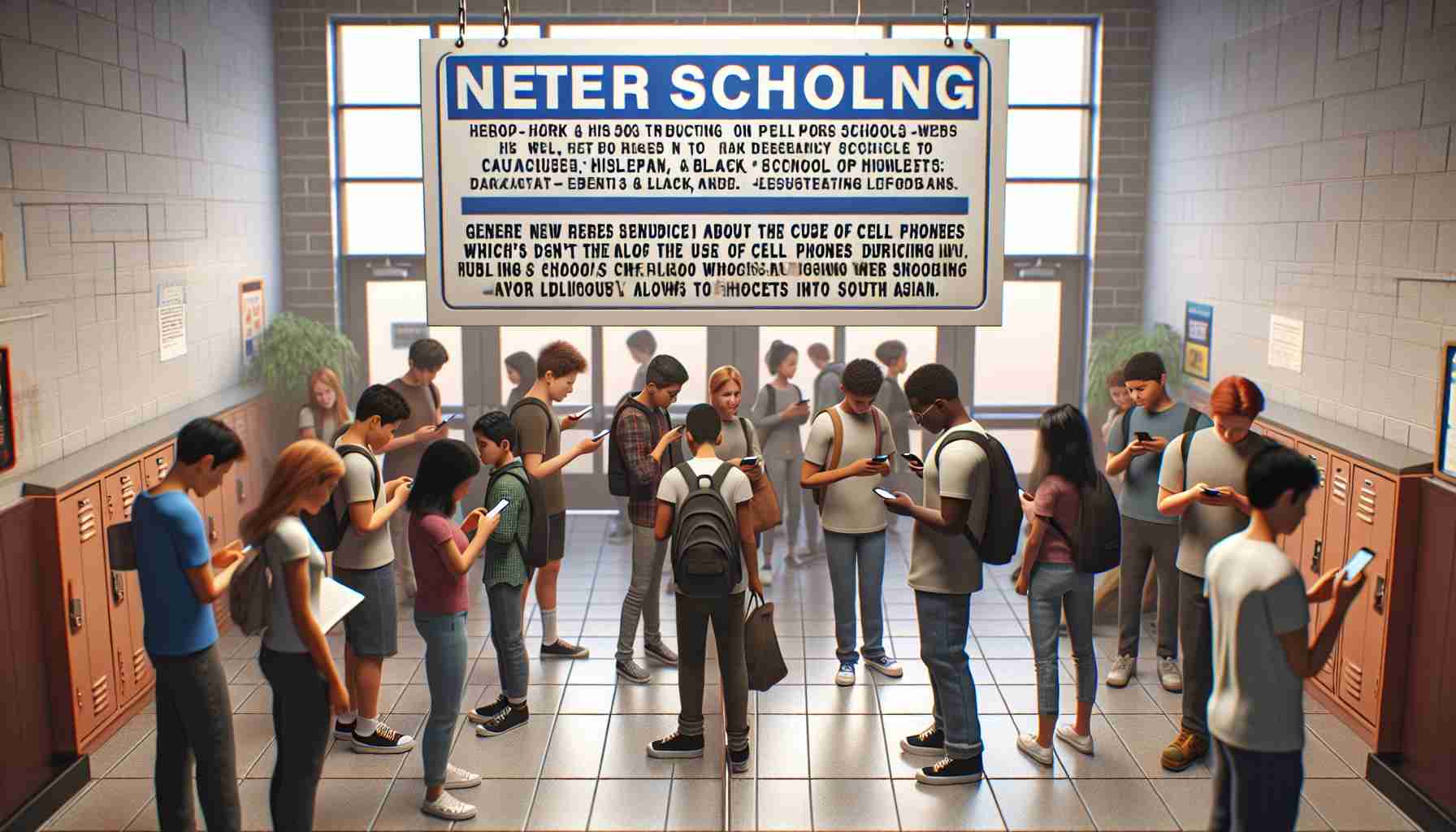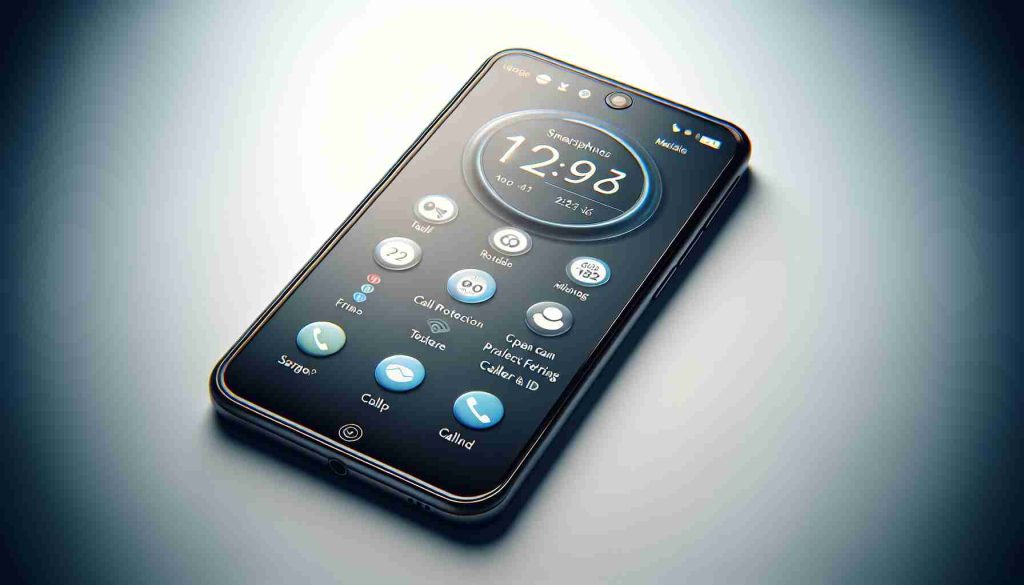As the new academic year began on September 3, students in Newton, Massachusetts, faced strict regulations regarding mobile phone use. The school district has implemented a policy that prohibits the use of personal phones during school hours for all 12,000 students across its 23 institutions. Elementary and middle school students are required to turn off their devices and store them away, while high school students must keep their phones in a supervised area designated by teachers.
Additionally, social media access is restricted on all school-issued electronic devices, blocking platforms like TikTok, Snapchat, and Instagram. The district’s aim is to minimize distractions caused by technology in the classroom. This change follows a growing consensus within the educational community about the disruptive effects of smartphones on learning.
A recent survey by the Pew Research Center highlighted that one-third of K-12 teachers consider mobile devices to be a significant disruption in classrooms, with this concern heightened among high school educators, where approximately 72% perceive it as a serious issue.
In response to these challenges, schools across the nation are enacting similar measures. Certain districts, including Brockton High School, now require students to secure their phones in special pouches upon arrival. Furthermore, major school systems in states like California and Florida are evaluating or implementing comprehensive cell phone bans to enhance the educational environment.
New Restrictions on Phone Use in Massachusetts Schools: A Comprehensive Overview
As the school year progresses, Massachusetts schools are implementing new restrictions on mobile phone usage as part of a broader trend aimed at promoting better learning environments. The Newton School District’s recent policy, which prohibits all students from using their personal devices during school hours, has sparked a discussion around the implications of such measures.
Key Questions and Their Answers
1. Why are these restrictions being implemented?
The primary motivation behind the phone usage restrictions is to minimize distractions and enhance student focus during lessons. Teachers and administrators believe that removing the temptation of phones will lead to improved academic performance and a more conducive learning environment.
2. What are the specific guidelines for students?
Elementary and middle school students are required to turn off their devices and store them in designated areas, while high school students must keep their phones in supervised locations managed by teachers.
3. How are students responding to these policies?
Initial reactions vary; some students applaud the decision, arguing it lets them concentrate better, while others feel frustrated, perceiving it as an infringement on their personal freedom.
Challenges and Controversies
1. Student Privacy Concerns:
A key challenge is the potential invasion of privacy. Critics argue that having teachers supervise phone storage or access could raise issues surrounding students’ rights to privacy and control over personal property.
2. Equity Issues:
Equity is also a concern. Schools need to ensure that all students have equal access to communication and resources, particularly those who rely on their phones for transportation or emergency contact with family.
3. Potential for Increased Disengagement:
Some educators worry that by banning phones altogether, students may feel even more disengaged from classroom activities, as they are used to technology being integrated into their learning.
Advantages and Disadvantages
Advantages:
– Enhanced Focus: Students may find it easier to concentrate on lessons without the distractions of social media and texting.
– Improved Classroom Environment: Teachers might experience fewer behavioral problems related to phone use, contributing to a more respectful learning atmosphere.
– Increased Face-to-Face Interaction: With phones out of reach, students could engage more with peers and educators, fostering better relationships.
Disadvantages:
– Dependence on Technology: Many students have become accustomed to using technology for research and communication, and restricting phone use could hinder their access to valuable online resources.
– Emergency Communication: Phones serve as a critical tool for emergency communication, and students may need immediate access during school hours.
– Resistance to Change: Students and parents accustomed to using phones freely during the school day might resist these policies, leading to tension between families and school administrations.
To stay informed about educational policies and developments, follow relevant links, such as Edutopia and Education Week.
As schools in Massachusetts and beyond grapple with mobile phone policies, it remains pivotal for administrators to consider the multifaceted implications of such restrictions to create a balanced and effective educational environment.




























